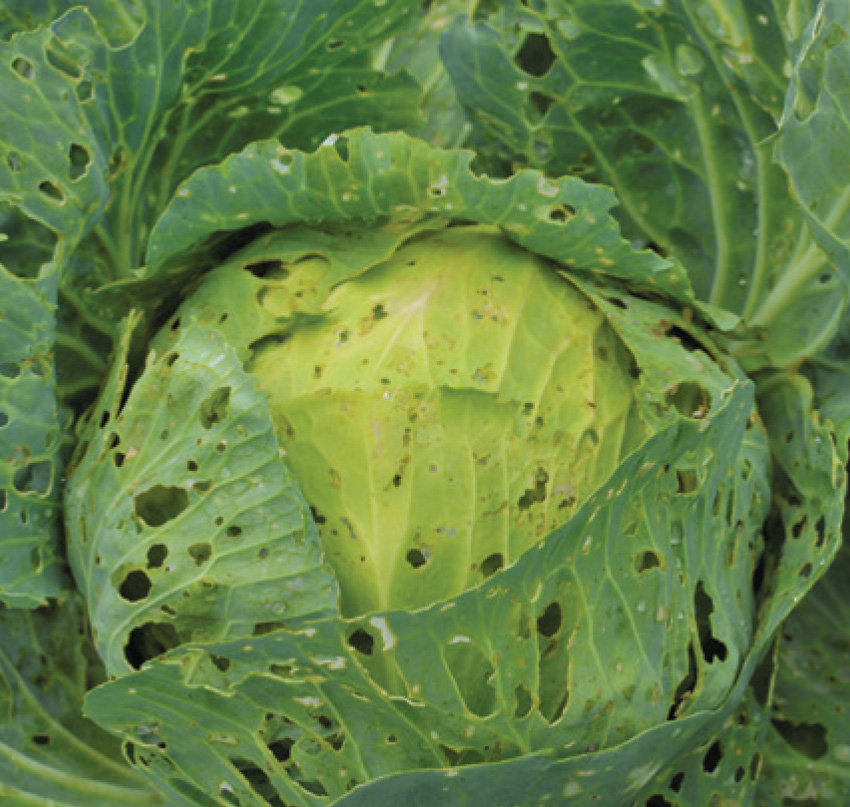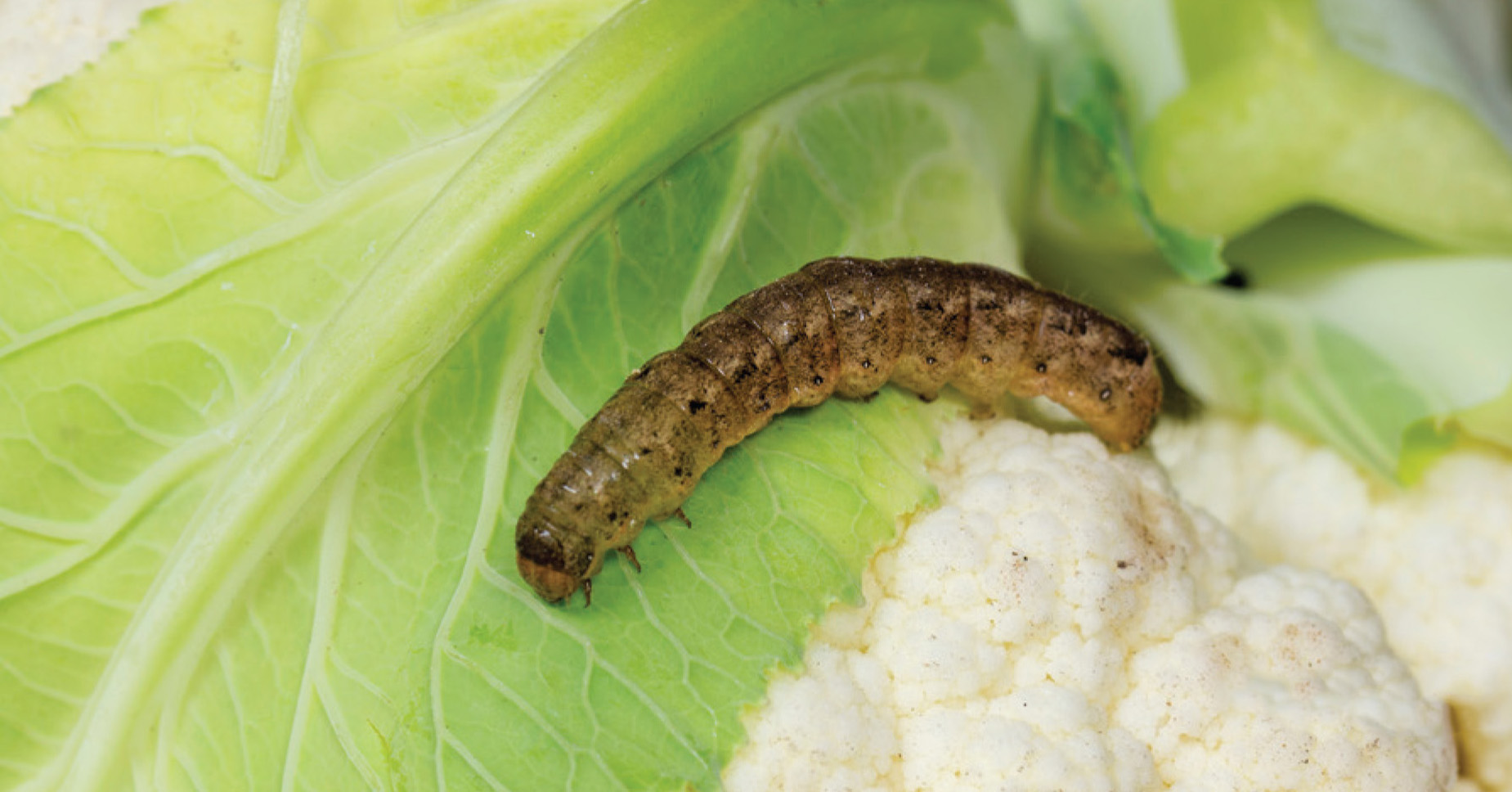Winter Cutworm: A New Pest Threat in Oregon
BY NAOMI INMAN
A new publication on the Winter Cutworm from the Oregon State University Extension Service may seem a bit “creepy,” but you’ll be searching for it fast when you notice swaths of damaged lawns
or pastures, or recently seeded agricultural crops crawling with the large larvae of the large yellow underwing moth, or Noctua Pronuba. The cutworms even gather by the hundreds on patios and entryways, and large populations of the pest have been seen in western Oregon and southwest Washington.
The Winter Cutworm moves en masse in a “feeding wave” during the winter months (September through March) and causes significant damage in a short amount of time, said Jessica Green, an entomologist with the OSU department of horticulture and co-author of Winter Cutworm: A New Pest Threat in Oregon.
 Green et al. authored the 12-page resource after people reported large numbers of larvae around homes in 2015, and within golf courses and field crops in Oregon and Washington. OSU reports that adult moths, which don’t bother plants, have been detected in Oregon since 2001, sometimes in high numbers, but widespread damage by larvae has not been reported until this year and no one knows just why. The potential risk to crops, such as vineyards, rye grass and grains grown during the winter months, is unknown.
Green et al. authored the 12-page resource after people reported large numbers of larvae around homes in 2015, and within golf courses and field crops in Oregon and Washington. OSU reports that adult moths, which don’t bother plants, have been detected in Oregon since 2001, sometimes in high numbers, but widespread damage by larvae has not been reported until this year and no one knows just why. The potential risk to crops, such as vineyards, rye grass and grains grown during the winter months, is unknown.
The Extension publication, which includes full-color photographs and graphics, helps with identification and also contains information about biology, distribution and potential control measures. Also contributing to the publication were Amy Dreves, entomologist with OSU Extension; Brian McDonald, senior research assistant in the horticulture department; and Ed Peachey, weed specialist with Extension.



